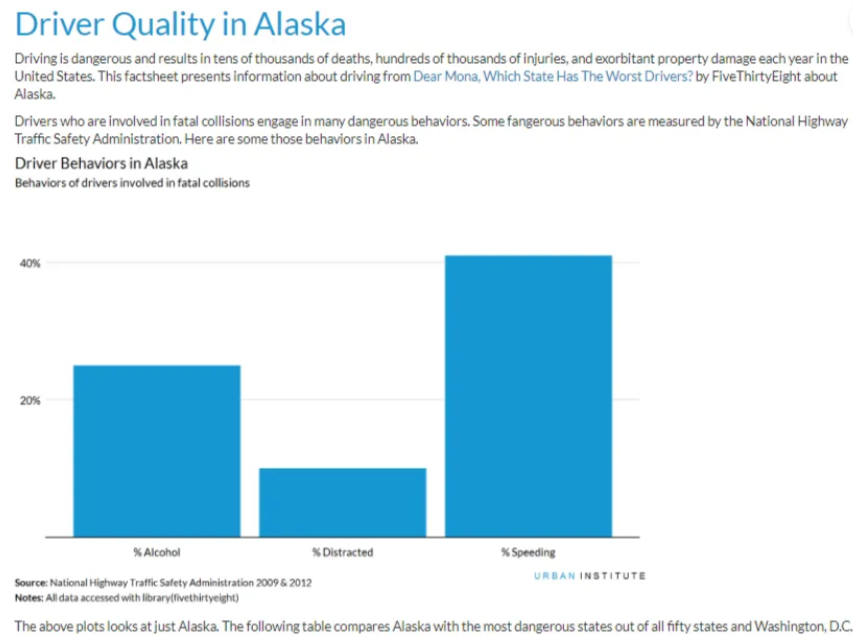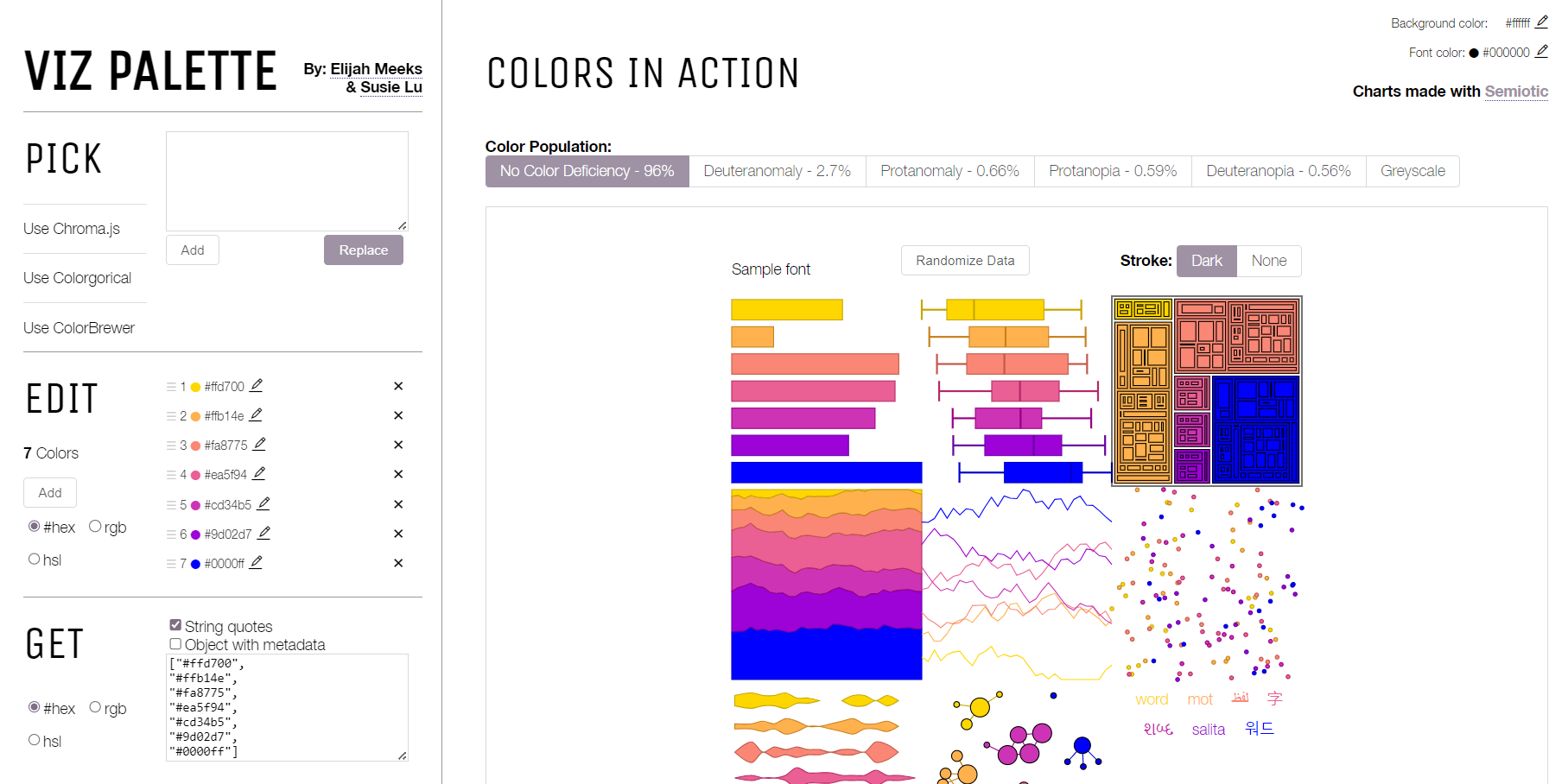Parameterized Quarto reports improve understanding of soil health
Jadey Ryan
Molly McIlquham, Kwabena Sarpong, Leslie Michel,
Teal Potter, Deirdre Griffin LaHue, Dani Gelardi
posit::conf(2023) | September 20
Don’t care about soils?
Parameterized reporting is for everyone!
Why should you listen to me?
Hired as an environmental technician.

Then transitioned to data scientist.
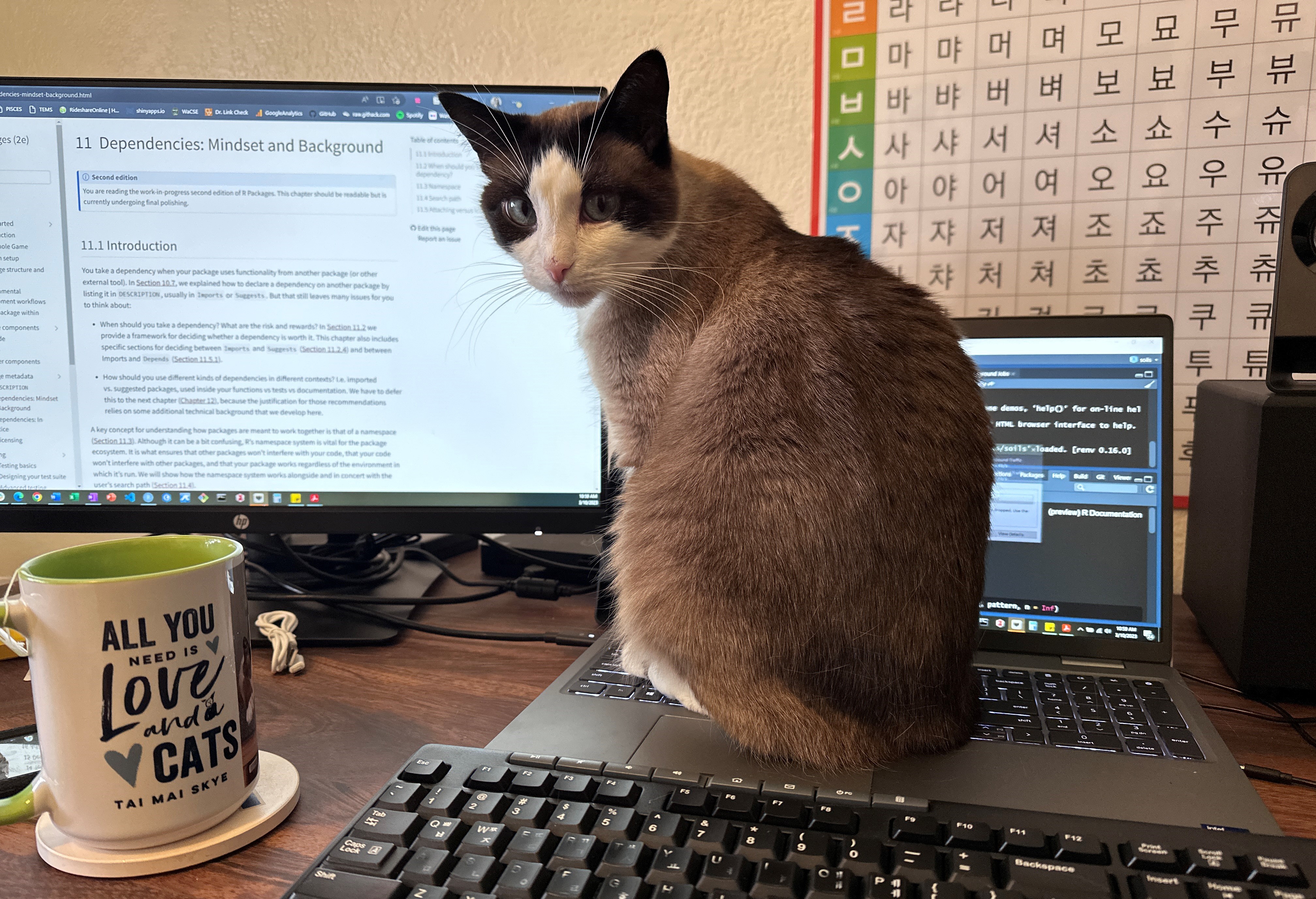
I went from picking leeches off my boots to picking cats off my keyboard!
How did I go from a ‘non-coder’ to a data scientist?
With a skills test!
Task: generate custom Soil Health Reports for each individual farmer
Timeframe: one week
Challenge: how do I automate custom reports???

YouTube and blog rabbit holes & tutorial hell…
2021: the reports that got me my job
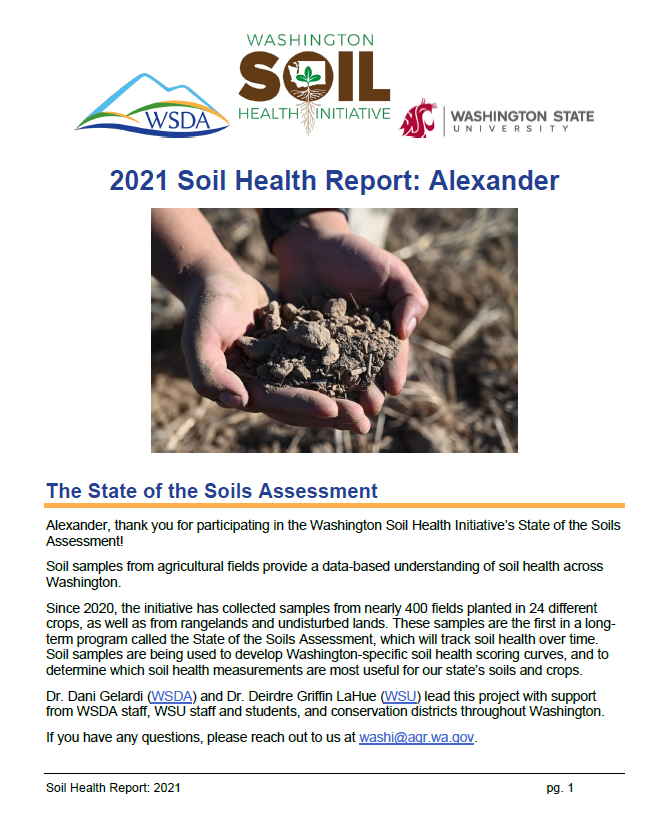

2023: new HTML reports with Quarto!

and MS Word to PDF
…because LaTeX 😖 🤷
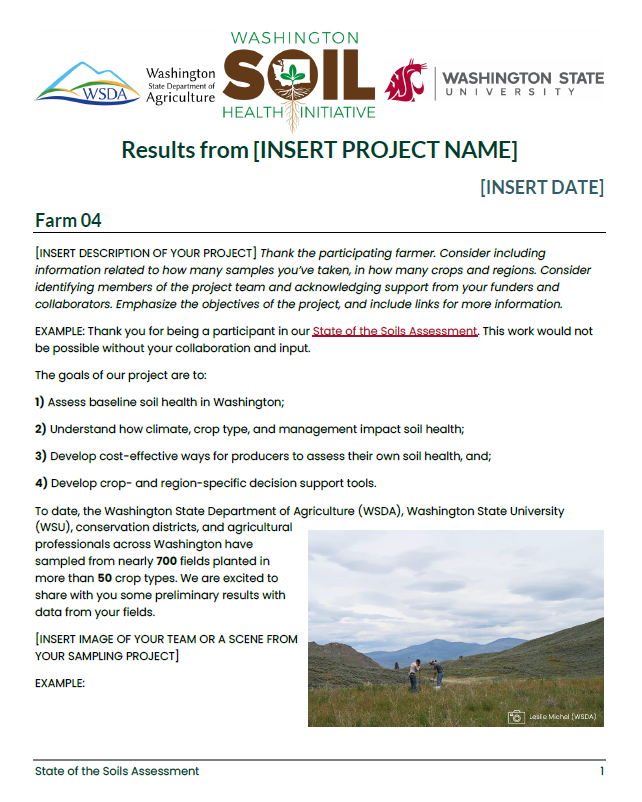
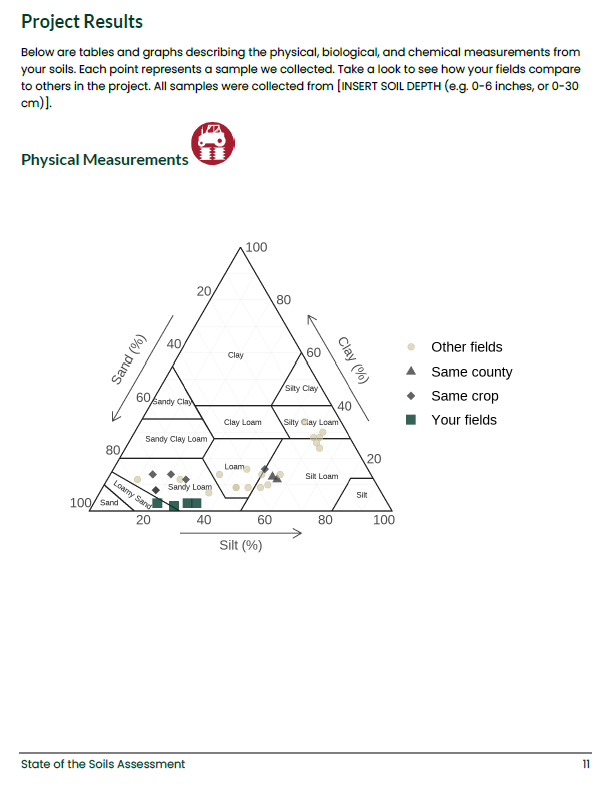
Code snippets and 7 pages of resources
We’re end-of-conference tired 🥱 and our brains are full 😵.
Don’t worry about taking notes or copying code.
Workflow
Parameterized Quarto reports work with both Knitr and Jupyter engines.
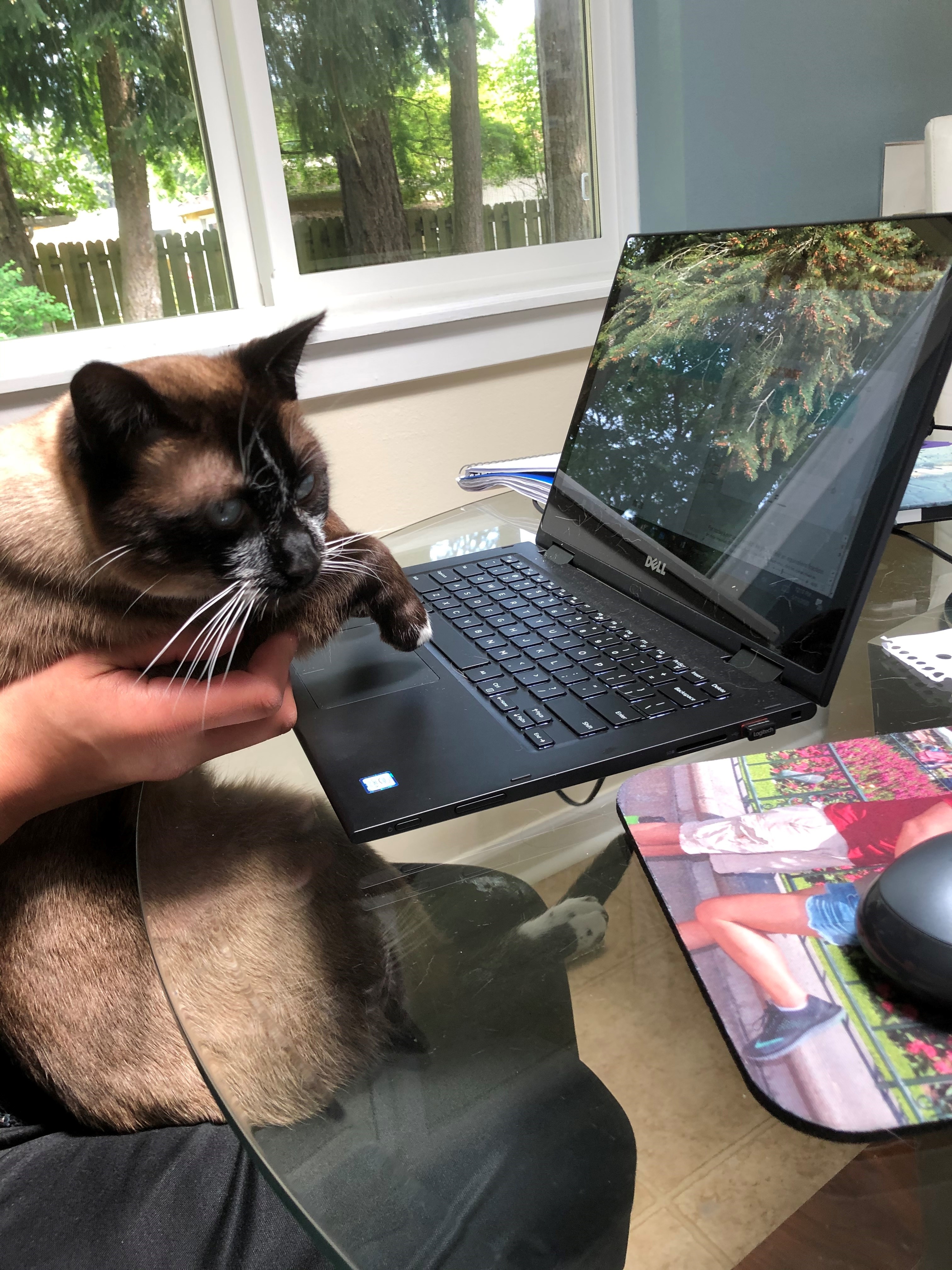
— Step 1 —
Learn about parameterized reports
What are parameterized reports?



YAML Header: Yet Another Markdown Language
Access your parameters
Run any line or chunk to add params to your environment.
Render with the RStudio IDE

Render Button, keyboard shortcut Ctrl + Shift + K, or by saving.
Uses default parameters in the YAML.
Output file has same name and location as input file.
Render with quarto::quarto_render()
Use in Console or an iterate.R script.
Render all reports at once
Create a data frame with two columns that match quarto_render() args:
output_file: filename.extexecute_params: named list of parameters
Code
| output_file | execute_params |
|---|---|
| 2023_SammySunflower_Report.html | Sammy Sunflower, 2023 |
| 2022_OscarOrchard_Report.html | Oscar Orchard, 2022 |
| 2022_TinaTomato_Report.html | Tina Tomato, 2022 |
Render all reports at once
Map over each row of the reports dataframe.

— Step 2 —
Prepare subsettable data
Our simple data
| year | sampleId | farmer | crop | sand_% | silt_% | clay_% |
|---|---|---|---|---|---|---|
| 2023 | 23-SUN-01 | Sammy Sunflower | Sunflower | 44 | 23 | 3 |
| 2022 | 22-ORC-02 | Oscar Orchard | Cherry | 69 | 21 | 10 |
| 2022 | 22-TOM-02 | Tina Tomato | Vegetable | 11 | 79 | 10 |
| 2022 | 22-HAR-03 | Henry Harvest | Herb | 36 | 51 | 13 |
| 2023 | 23-GAR-03 | Grace Gardener | Sunflower | 64 | 33 | 3 |
| 2022 | 22-QUI-02 | Quincy Quinoa | Quinoa | 24 | 62 | 14 |
fake farmer names: ChatGPT 🙏🏻
Use params to set up comparisons
Code
# Get the farmer's crops
farmer_crop <- data |>
dplyr::filter(farmer == params$farmer) |>
dplyr::pull(crop) |>
unique()
data_long <- data |>
# Tidy data: one observation per row
tidyr::pivot_longer(cols = c("sand_%":"clay_%"),
names_to = "measurement") |>
dplyr::mutate(
# Categorize samples based on if they are from the farmer of
# interest or are of the same crop type
category = dplyr::case_when(
farmer == params$farmer ~ "Your fields",
crop %in% farmer_crop ~ "Same crop",
TRUE ~ "Other fields"
)
)
# Set category factor levels
data_long$category <- factor(
data_long$category,
levels = c("Other fields", "Same crop", "Your fields"),
labels = c("Other fields", "Same crop", "Your fields")
)
data_long |>
dplyr::select(-c(year, sampleId)) |>
dplyr::slice_head(by = category) |>
kableExtra::kable() |>
kableExtra::column_spec(5, background = "#FDCE86")| farmer | crop | measurement | value | category |
|---|---|---|---|---|
| Sammy Sunflower | Sunflower | sand_% | 44 | Your fields |
| Oscar Orchard | Cherry | sand_% | 69 | Other fields |
| Grace Gardener | Sunflower | sand_% | 64 | Same crop |
— Step 3 —
Create content for easy consumption
Interpretation through comparison
Show how their results compare to other samples in similar contexts.
Code
library(ggplot2)
set.seed(123)
data_long |>
ggplot(aes(
x = measurement,
y = value,
color = category,
shape = category,
size = category,
alpha = category
)) +
geom_jitter(width = 0.2) +
# Define styles for producer's samples versus all samples
scale_alpha_manual(values = c(
"Other fields" = 0.5,
"Same crop" = 1,
"Your fields" = 1
)) +
scale_color_manual(values = c(
"Other fields" = "#CCC29C",
"Same crop" = "#76ADBC",
"Your fields" = "#A60F2D"
)) +
scale_size_manual(values = c(
"Other fields" = 2,
"Same crop" = 4,
"Your fields" = 4
)) +
washi::washi_theme(
legend_position = "bottom",
gridline_x = FALSE,
gridline_y = FALSE,
text_scale = 1.5
) +
theme(legend.title = element_blank(),
axis.title.x = element_blank(),
axis.title.y = element_blank(),
panel.border = element_rect(color = "gray", fill = NA))
Make your reports self-contained
Provide your reader the context to understand the results.
Make your HTML reports self-contained
— Step 4 —
Design for accessibility
Conditional markdown

Conditional markdown

Conditional code evaluation
Evaluate plotly code only for HTML reports and regular ggplot2 code for anything else.
Conditional code evaluation
Use out_type in eval chunk option.
Interactive plot for HTML reports:
Static plot for MS Word reports:
Style with font size and color contrast in mind
Use style sheets and templates
Check HTML with browser developer tools

Check HTML with browser developer tools
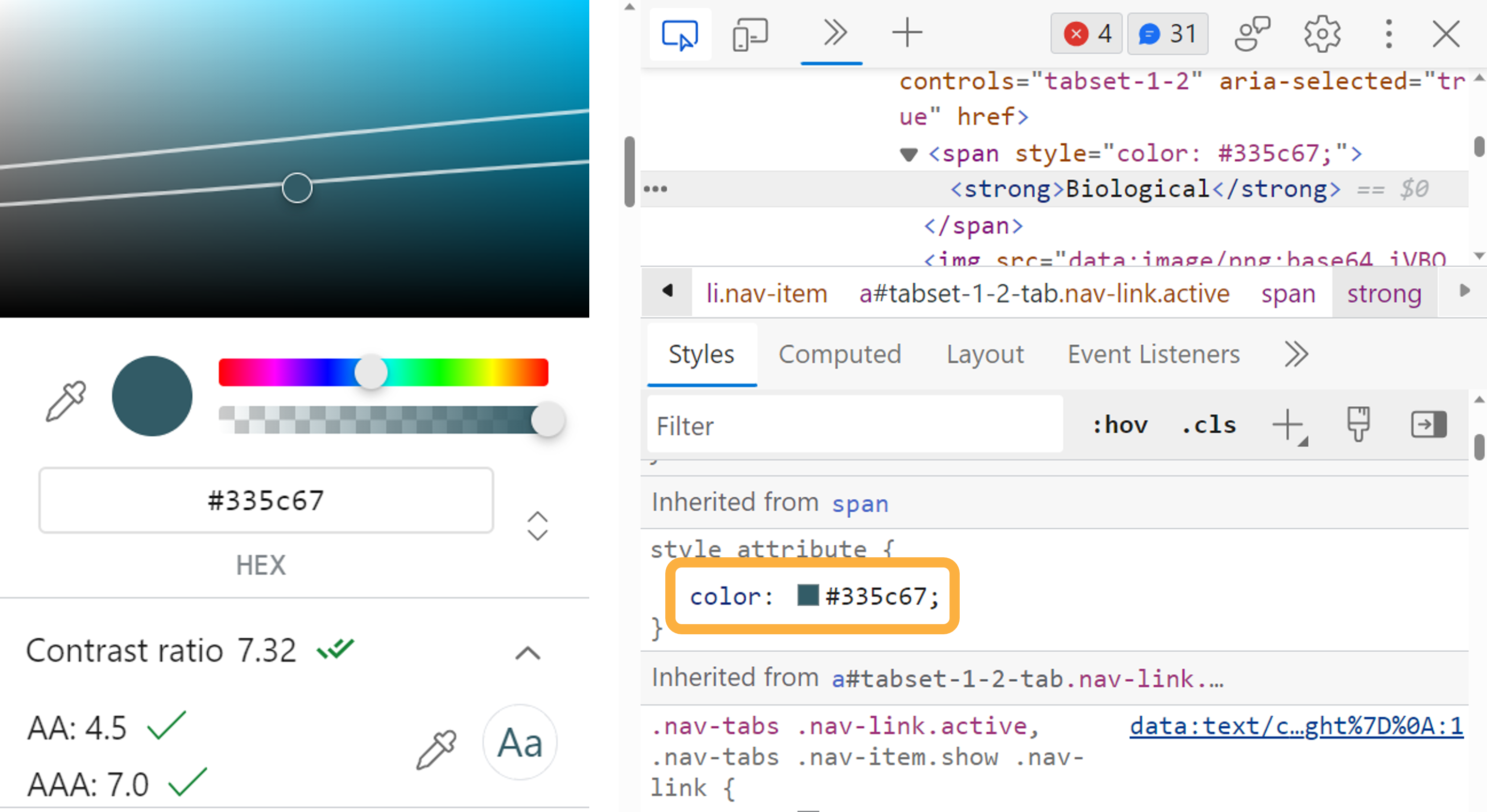
Everyone gets a custom decision-support tool!

Check out an example HTML report.
Recap
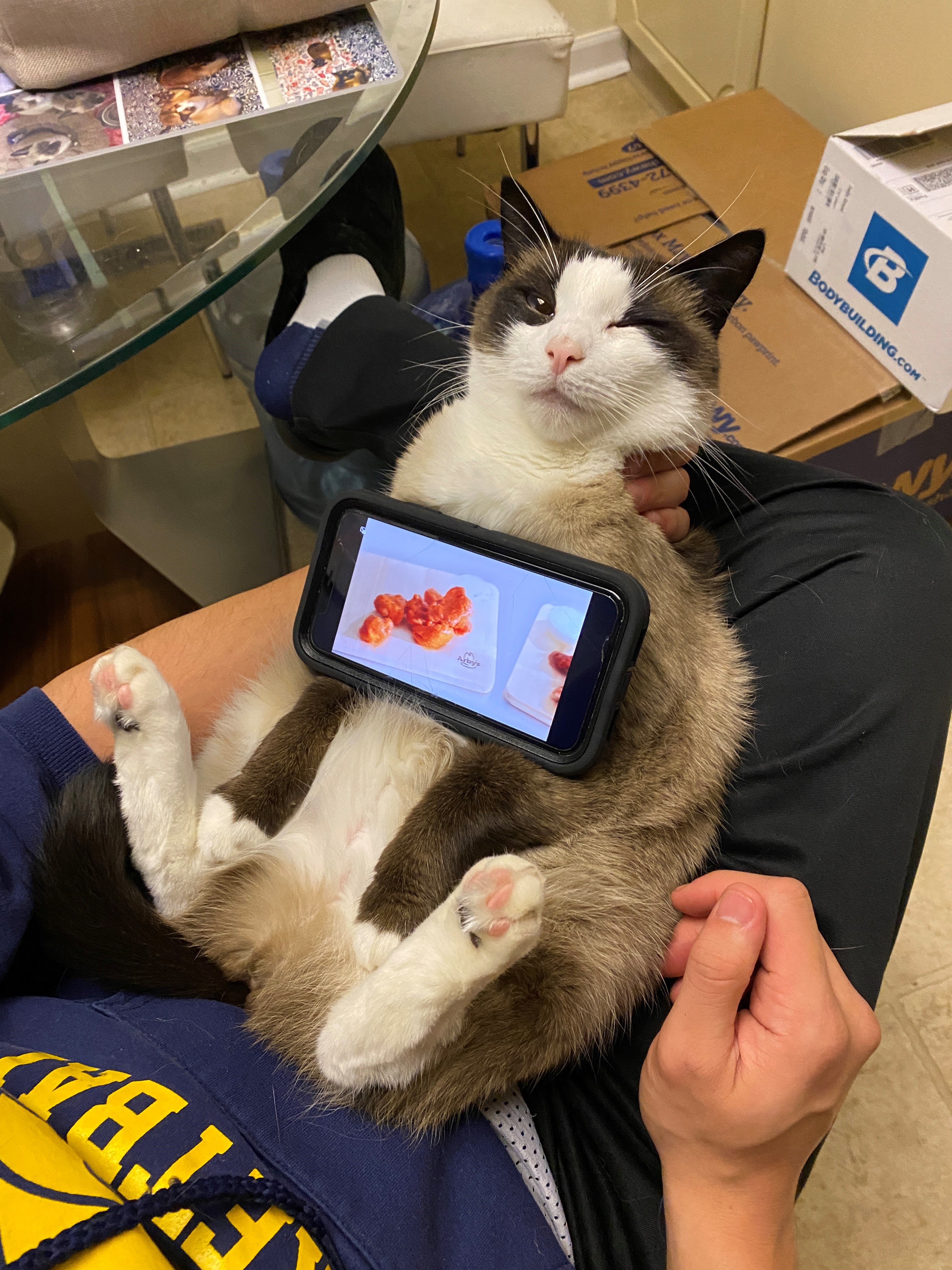
— Resources —
Quarto
- Documentation and blogs
- Videos
Read about parameterized reports
Examples of parameterized reports
- RMarkdown
- Quarto
Videos about parameterized reports
- Parameterized Reporting with R (David Keyes)
- R Markdown: YAML, Parameters (Data Science for Everyone)
- Rmarkdown Guide - Parameterized Reports (TidyX Ellis Hughes & Patrick Ward)
- Using rmarkdown and parameterised reports (Mike K Smith)
- Extreme Rmarkdown report automation with parameters and templates (Bruno Rodrigues)
- Parameterized R Markdown reports with RStudio Connect (Aron Atkins)
- Reproducible Templates for Analysis and Dissemination Free Coursera Class (Emory University)
Style sheets
Accessibility tools
Web Content Accessibility Guidelines (WCAG) Quick Reference
- Pick your colors
- Check your colors
Check HTML reports with browser Inspect tool
I’d love to connect with you!
My three fave things: cats, nature, and R/Quarto.



